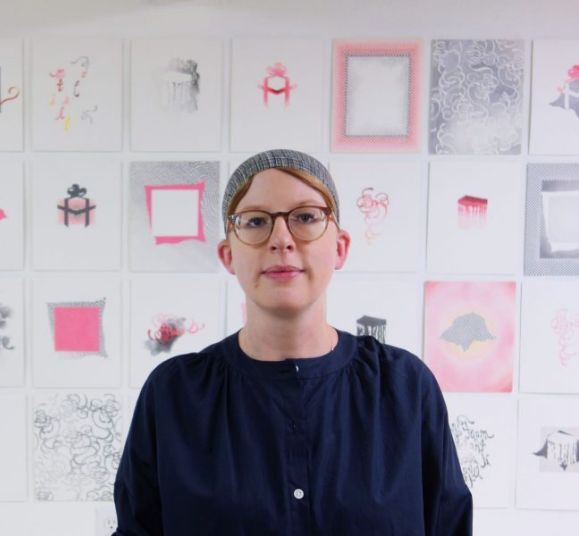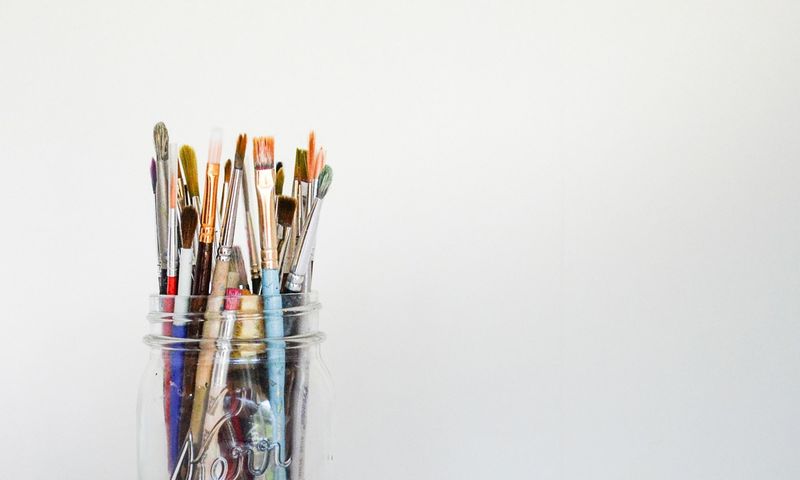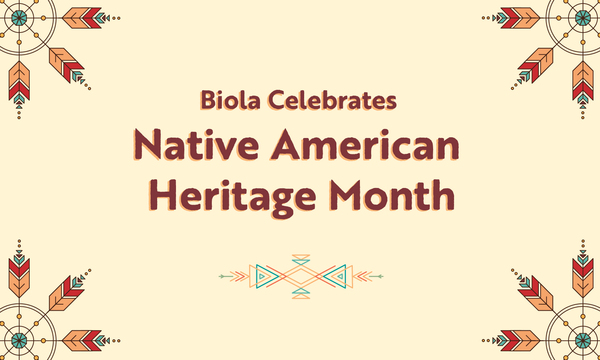
Many art majors may feel an ounce of hesitation when asked what their major is. Some may avoid the discussion of post-grad plans because it is often assumed that careers in the arts are difficult to come by; however, the surprising number of jobs – 1.6 million to be exact – generated within Los Angeles’ creative industry may give art students confidence when addressing the “elephant” in the room.
Associate Art Professor Astri Swendsrud has the longest running contemporary artist-run space in Los Angeles, Elephant, which was established in 2010. Located in Glassell Park, the space houses six studios and a gallery. In this interview, Astri Swendsrud shares how her lifelong passion for art developed into a career and what advice she has for undergraduate students pursuing creative careers.
What are three pieces of advice you would give undergrad students?
1. Have the courage to follow your interests. I started as a graphic design major basically because my parents wondered whether art was practical, but realized this isn't for me. I was much more interested as art as a vehicle for my ideas. That’s what was getting me excited. Somewhere around my sophomore year I changed my major to studio art and jumped in with two feet.
2. Your professors are a resource. As I continued my degree in studio arts I began to question how to pursue fine art professionally. I was working closely with a professor who began talking to me about graduate school. As he began to influence and shape my life I began to have the same passion to give to others. That is when I became interested in teaching art.
3. Get involved with the art community outside of Biola. Every weekend I am going to openings and showing up at galleries. Be present! There is an expectation to be involved when you're in the art field.
How has your experience outside of school impacted your career?
After undergrad, I took a couple of years before going into graduate school to develop my own practice. I moved to Chicago and worked part-time jobs as I also took advantage of the art in the city. I am glad I had those two years as it forced me out of my comfort zone and I gained a lot of independence.
The job you get when you first graduate doesn't have to be the end-all, be-all. Working an office job or receptionist taught me how to manage projects, and I have applied that to art positions since then. Think about possible skills that might not be in the art world but can be applied to the art world. You can apply this to internships as well. Don't worry too much; just try to collect interesting skills and experiences. Realizing what isn't for you is incredibly valuable as well.
Why did you choose to further your education through graduate school?
There is value in the connections you make with your peers. I remember meeting a student my first day at California Institute of Art who was so helpful and really engaging. He is still one of my very best friends and we now run Elephant together. The students in your classes are valuable connections and can give you opportunities to collaborate in the future. If you’re going to move forward in fine art, it is not required to go to grad school, but kind of necessary.
If you’re interested in learning how a degree in the creative arts can shape your future, visit Biola's Art Department.
Check out Elephant Art Space for upcoming gallery shows.
Written by Faeln Naughton, peer internship ambassador for the Art Department. For more information, contact Faeln at art.pia@biola.edu.
 Biola University
Biola University



.jpg)
.jpg)